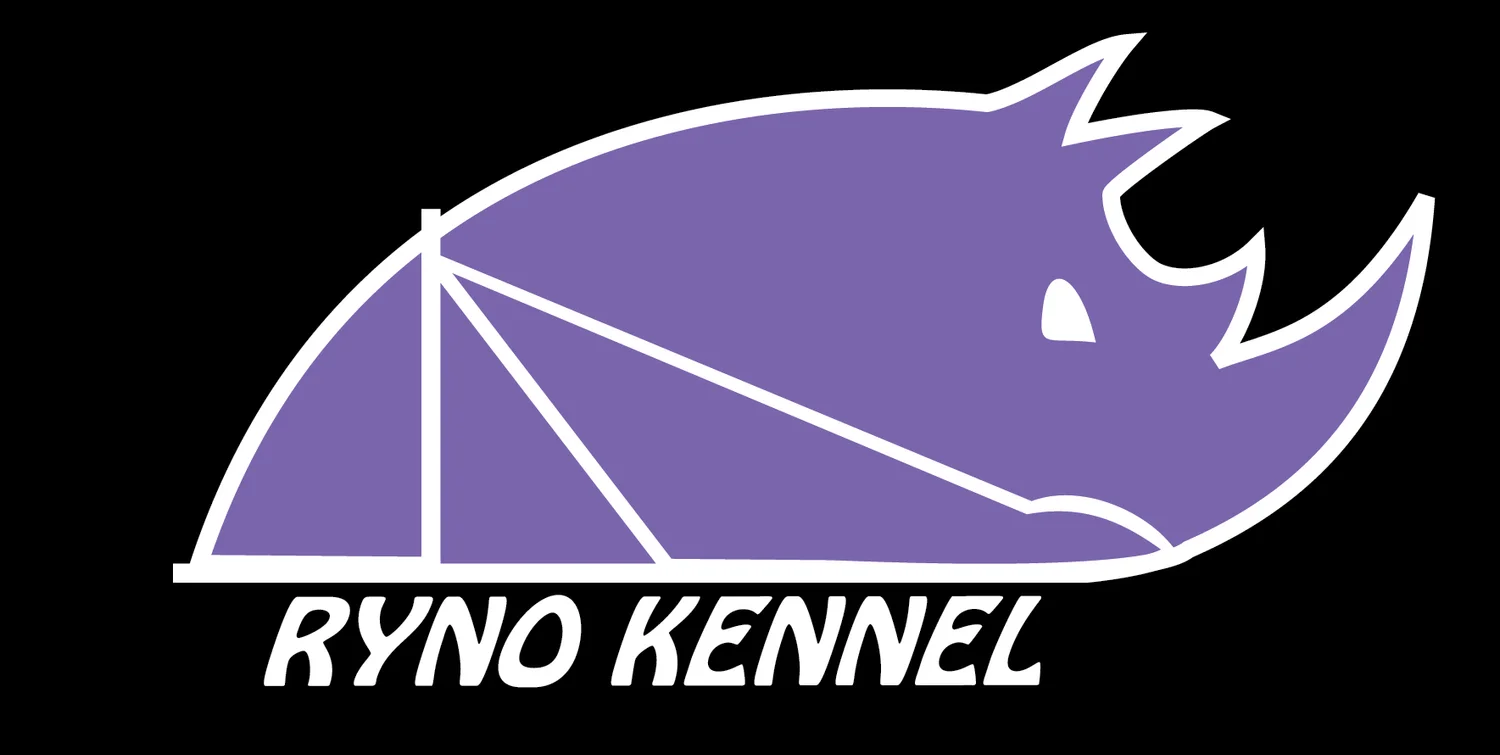Iditarod Drop Bags by Mandy
/Multiple skills I have learned over the season come together in order to make one thing happen: Iditarod drop bags. These are what will carry Ryne and her incredible furry athletes over the famous 1,000 Mile Race.
They hold goodies for the dogs (booties, meat snacks, vet kits, kibble, jackets, cat food) and for the human (dry gloves and socks, meals, spare batteries, hand warmers, etc). It’s a fine line balancing having enough supplies with options but also not wasting a ton of resources.
We had a few meat-cutting marathon days to prep for the amount of snack bags needed. This happened outside at the meat bandsaw. When the cold snap arrived, we moved inside to bag other non-frozen items. My own dogs loved when I weighing and bagging kibble on the kitchen counter; they were quick on the clean up duty whenever a stray kibble made it to the floor.
Beef, Beaver, Chicken Skins, Fish
Fun fact about me: I adore spreadsheets. It’s calming to have a piece of paper in my hand with all the information I need to complete my task—and easy access at that. We used our spreadsheets heavily as we gathered the correct quantity to each individual bag. Not every check point requires the same items. Ryne spent a great deal of effort to think of a broad running plan and base the drop bags off of that. It’s difficult making these decisions weeks out when you’re not sure what the weather will be like! They’re many factors to take into consideration.
This is my first year working for a race kennel, classifying me as a “Yearling” with Tobin, Sherlock, Watson and Rose. I’ve given Ryne and Kalyn quite a few laughs already this year and made sure it continued through the packing process. From silly questions to threading half of the drop bags wrong, I must take it in stride and appreciate the strong female mushers teaching me more and more... besides, a good belly laugh is always needed!
Speaking of which...
“One of the drop bags is opened and I saw Simon pick up an almost empty meat snack bag,” Derek says coming into the main cabin.
Simon and I, who also just arrived, nod in agreement.
“What? But wasn’t Sasha and Jeezy with you?” Ryne says from the couch.
“Yes.”
“Cartel is with me,” she says while getting up to prove the point. “Cartel?”
Peeking into the dog kennel, we hear another “Cartel?“ before a huh is let out.
“I guess it was Cartel since she’s not actually inside.”
Laughter is interrupted long enough for Simon to add that there were only a couple pieces left of the original 16 meat slices. Who knows where they’re hidden around the property now.
As if Kalyn and I didn’t sneak Cartel enough meat crumbles through the fence during our meat packing day.


































